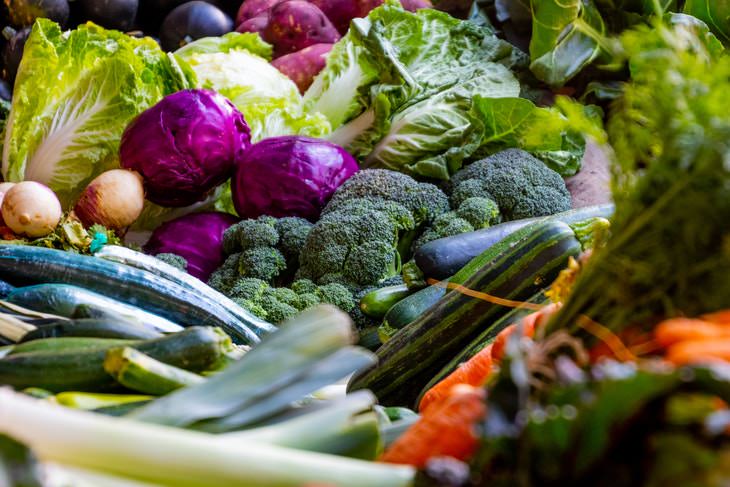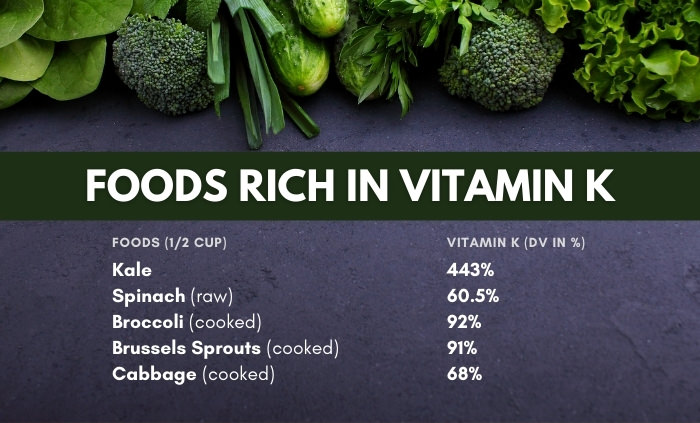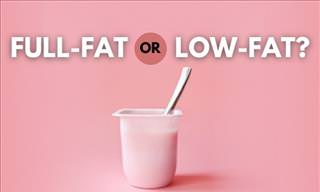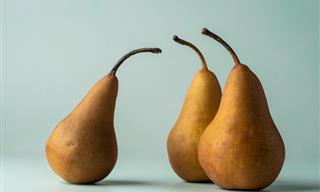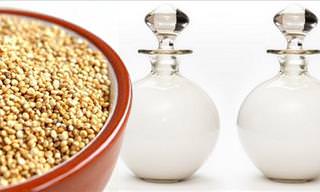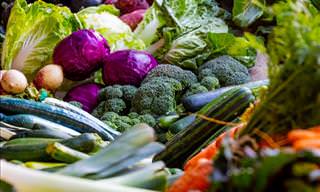What is vitamin K and why is it important?
Vitamin K actually refers to a group of several fat-soluble vitamins that are similar in their chemical structures and effects on the human body. The vitamin was first discovered in the 1920s by complete accident. At the time, experimenters were trying to understand how certain nutrient restrictions influence health in animal models, and the discovery of the vitamin was made upon observing excessive bleeding in the animal models.
Since then, scientists have discovered many different forms of vitamin K, but the two that are the most common in humans are vitamin K1 (phylloquinone) and vitamin K2 (menaquinone). Although there is some debate over the distinctions between these two forms of vitamin K, both seem to play a role in blood clotting, bone health, and heart health:
1. Vitamin K is essential for wound healing.
A significant number of proteins necessary for blood clotting require vitamin K. When we hear “blood clotting,” we’re conditioned to think of strokes and heart disease, but it’s actually a crucial function of the human body that enables wounds to form a scab and heal. Without it, even a minor cut could lead to potentially fatal blood loss.
Most of the studies that investigate blood clotting focused on vitamin K1, but more recent research points that monitoring your vitamin K2 intake is just as important. This is especially true for people who take blood thinner medications, like warfarin, for example, because excessive intake could interfere with your medication.
2. Vitamin K prevents heart disease.
Even though vitamin K is involved in blood clotting, you do NOT need to stay away from it to prevent heart disease. On the contrary, a diet rich in vitamin K can actually protect your cardiovascular system from plaque and atherosclerosis. Researchers found that vitamin K promotes the synthesis of a protein that prevents calcium deposits in the arteries.
These deposits are known as coronary artery calcification (CAC), and they worsen blood flow in the arteries and increase the risk of plaque formation. In this way, vitamin K may be able to prevent heart disease. The research concerning this topic is relatively new, with the first studies showing that vitamin K2 is better at preventing CAC. But more recent and well-controlled research suggests that both forms of vitamin K play an equal role.
3. Vitamin K promotes bone health.
Keeping our bones strong is a priority at any age, and vitamin K seems to play a crucial role in the cycle of cell turnover that ensures bone strength. People with vitamin K deficiency have a higher incidence of fractures and osteoporosis. A 4-year study in postmenopausal women, a group known to have a higher risk of bone fractures, has shown that women who took a vitamin K supplement were less likely to experience fractures than the placebo group.
Therefore a diet rich in vitamin K can keep your bones healthy and strong.
Deficiencies and best sources of vitamin K
Vitamin K deficiencies are not common, but they can occur, especially in people with liver disease, celiac disease, Crohn's disease, or in those taking blood thinners or who had bariatric surgery. People with a vitamin K deficiency bleed more from cuts or scratches and may be more prone to fractures, although other health conditions can also manifest themselves through these symptoms.
The recommended daily intake of vitamin K is 90 mcg for adult women and 120 mcg for adult men. This recommendation is based only on vitamin K1. There is no recommendation on how much vitamin K2 you should consume daily, but we know that the human body can produce this vitamin on its own and there’s plenty of it in meat and poultry.
Vitamin K1 is present in many green plant foods, particularly leafy greens like spinach and kale. The table above shows the top 5 sources of vitamin K. Apart from the foods listed in the table, such fruit as kiwi, blueberries, grapes, and blackberries, as well as vegetables like avocados, asparagus, and green beans contain plenty of the vitamin.
It’s important to combine foods rich in vitamin K with something fatty, such as olive oil, nuts, butter, milk, or eggs. Since vitamin K is fat-soluble, it’s more difficult for the body to absorb it. So, combining it with fats will help your body absorb vitamin K better.
Please share this useful information with others!
 Go to BabaMail
Go to BabaMail


